Related: Raven Gates and Adam Gottschalk’s Relationship Timeline
Advertisement
Raven Gates, Adam Gottschalk. Cooper Neill/Getty Images for Poo~Pourri
Bachelor Nation alum Adam Gottschalk is offering his take on Rachel Lindsay and Bryan Abasolo’s divorce.
“Not taking sides here but wanted to point out some facts on [Bryan] since I knew him from the show,” Gottschalk, 33, wrote in a since-deleted comment on E! News’ Instagram on Wednesday, January 3. “He moved his entire chiro practice across the country, sold his Miami home, left his family and friends to put all he could into a relationship.”
Gottschalk continued, “Rachel has said in multiple interviews that she quit being a lawyer and started doing entertainment reporting [Bryan] is a workaholic putting in 12hr+ days while trying to survive in high rent, post covid California business environment. Doing that at 38 or something now he’s in his mid 40s is ROUGH.”
Gottschalk was commenting on a clip from Lindsay’s friend Justin Sylvester‘s Today With Hoda & Jenna interview, in which he offered insight into how she’s coping. “She’s taking it day by day,” Sylvester, 37, shared on Wednesday. “I talked to her this morning. She’s just trying to pick up the pieces. She’s in survival mode.”
Gottschalk appeared on Lindsay’s season of The Bachelorette alongside Abasolo, 43, in 2017. Gottschalk was sent home during week 7 and found love with wife Raven Gates, who was the runner-up on Nick Viall’s season of The Bachelor, on season 4 of Bachelor in Paradise. Lindsay, 38, also appeared on Viall’s season and was the second runner-up before appearing as the Bachelorette. Despite forming a bond during their reality TV stint, Lindsay and Gates, 33, had a falling out following filming. Lindsay confirmed the pair were no longer friends in 2019.
“I can’t say. I promised I wouldn’t say. But it was enough for me to not want to be friends with her anymore,” Lindsay explained on Watch What Happens Live With Andy Cohen at the time. “And I never will be.”
Later that year, Gates addressed the friendship fallout. “I have been really saddened by the whole thing just because I really loved her. I guess I just have to put it to rest and it is what it is,” she said on “Off the Vine” in November 2019. “I wish her nothing but the best but I have loved her, I will always love her. … I also want it to be very clear that I have never done her wrong.”
Rachel Lindsay and Bryan Abasolo. Mireya Acierto/FilmMagic
Us Weekly confirmed on Tuesday, January 2, that Abasolo filed for divorce from Lindsay. In court documents obtained by Us, Abasolo claimed he and Lindsay separated on Sunday, December 31. He also requested spousal support. After news broke of the pair’s split, Abasolo issued a statement.
“If you’ve been following me for a while, you know I don’t like to put my personal affairs on social media and like to keep a safe space for our family,” he wrote via Instagram at the time. “Many of you know me as a chiropractor, and also a husband, my proudest role so far. After more than 4 years of marriage, Rachel and I have made the difficult decision to part ways and start anew.”
Abasolo shared that while he considers himself as a “family man,” the decision to file for divorce did not come lightly.
“Sometimes loving yourself and your partner means you must let go,” he concluded. “I wanted you to hear it from the source before the blogs start making up their own reality. Please respect the spaces of our family and friends as we figure out our next steps.”
Lindsay has yet to address her breakup, simply removing Abasolo’s last name from her Instagram profile.
Bachelor Nation alum Adam Gottschalk is offering his take on Rachel Lindsay and Bryan Abasolo’s divorce. “Not taking sides here but wanted to point out some facts on [Bryan] since I knew him from the show,” Gottschalk, 33, wrote in a since-deleted comment on E! News’ Instagram on Wednesday, January 3. “He moved his entire
Us Weekly Read More
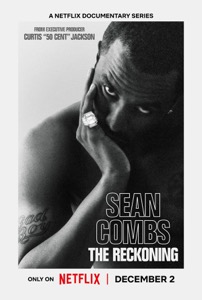
50 Cent’s new Netflix docuseries about Sean “Diddy” Combs is more than a headline-grabbing exposé; it is a meticulous breakdown of how power, celebrity, and silence can collide in the entertainment industry.
Across its episodes, the series traces Diddy’s rise, the allegations that followed him for years, and the shocking footage and testimonies now forcing a wider cultural reckoning.
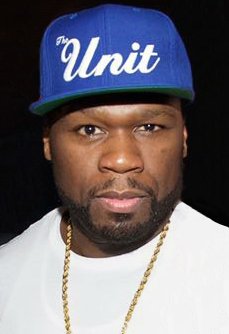
The docuseries follows Combs from hitmaker and business icon to a figure facing serious criminal conviction and public disgrace, mapping out decades of influence, branding, and behind-the-scenes behavior. Watching that arc shows how money, fame, and industry relationships can shield someone from scrutiny and delay accountability, even as disturbing accusations accumulate.
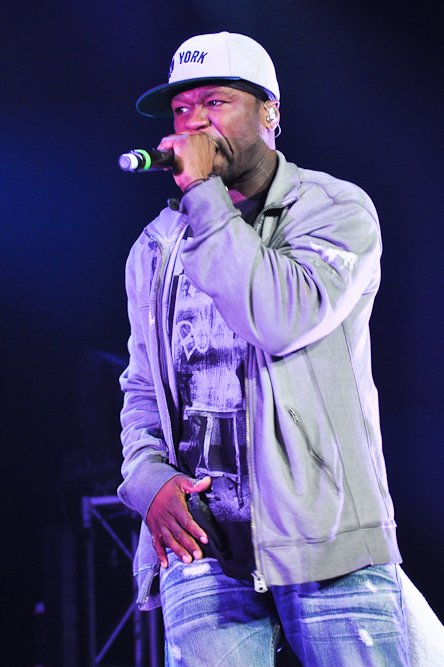
Exclusive footage of Diddy in private settings and in the tense days around his legal troubles reveals how carefully celebrity narratives are shaped, even in crisis.
Viewers can learn to question polished statements and recognize that what looks spontaneous in public is often the result of strategy, damage control, and legal calculation.
Interviews with alleged victims, former staff, and industry insiders describe patterns of control, fear, and emotional or physical harm that were long whispered about but rarely aired in this detail. Their stories underline how difficult it is to speak out against a powerful figure, teaching viewers why many survivors delay disclosure and why consistent patterns across multiple accounts matter.
As executive producer, 50 Cent uses his reputation and platform to push a project that leans into uncomfortable truths rather than protecting industry relationships. The series demonstrates how documentary storytelling can challenge established power structures, elevate marginalized voices, and pressure institutions to respond when traditional systems have failed.
Reactions to the doc—ranging from people calling it necessary and brave to others dismissing it as a vendetta or smear campaign—expose how emotionally invested audiences can be in defending or condemning a famous figure. Watching that debate unfold helps viewers see how fandom, nostalgia, and bias influence who is believed, and why conversations about “cancel culture” often mask deeper questions about justice and who is considered too powerful to fall.
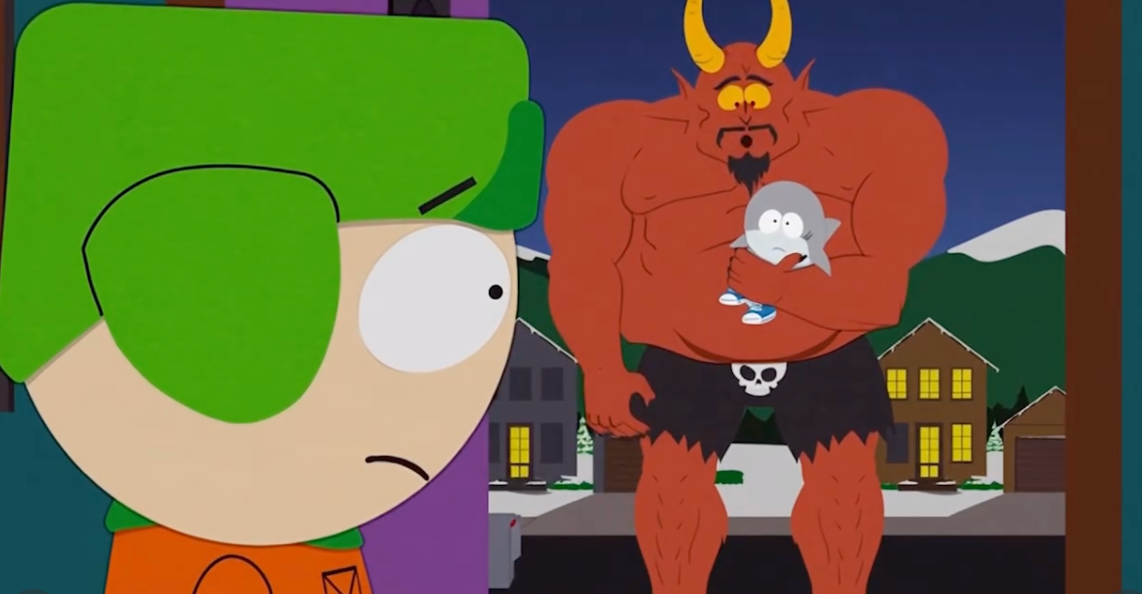
A new Christmas-themed episode of South Park is scheduled to air with a central plot in which Satan is depicted as preparing for the birth of an Antichrist figure. The premise extends a season-long narrative arc that has involved Satan, Donald Trump, and apocalyptic rhetoric, positioning this holiday episode as a culmination of those storylines rather than a stand‑alone concept.
According to published synopses and entertainment coverage, the episode frames the Antichrist as part of a fictional storyline that blends religious symbolism with commentary on politics, media, and cultural fear. This follows earlier Season 28 episodes that introduced ideas about Trump fathering an Antichrist child and tech billionaire Peter Thiel obsessing over prophecy and end‑times narratives. The Christmas setting is presented as a contrast to the darker themes, reflecting the series’ pattern of pairing holiday imagery with controversial subject matter.
Coverage notes that some figures connected to Donald Trump’s political orbit have criticized the season’s portrayal of Trump and his allies, describing the show as relying on shock tactics rather than substantive critique. Commentators highlight that these objections are directed more at the depiction of real political figures and the show’s tone than at the specific theology of the Antichrist storyline.
At the time of reporting, there have not been widely reported, detailed statements from major religious leaders focused solely on this Christmas episode, though religion-focused criticism of South Park in general has a long history.
Entertainment outlets such as The Hollywood Reporter, Entertainment Weekly, Forbes, Slate, and USA Today describe the Antichrist arc as part of South Park’s ongoing use of Trump-era and tech-world politics as material for satire.
South Park is rated TV‑MA and is intended for adult audiences due to strong language, explicit themes, and frequent use of religious and political satire. Viewers who are sensitive to depictions of Satan, the Antichrist, or parodies involving real political figures may find this episode particularly objectionable, while others may view it as consistent with the show’s long‑running approach to controversial topics. As with previous episodes, individual responses are likely to vary widely, and the episode is best understood as part of an ongoing satirical series rather than a factual or theological statement.
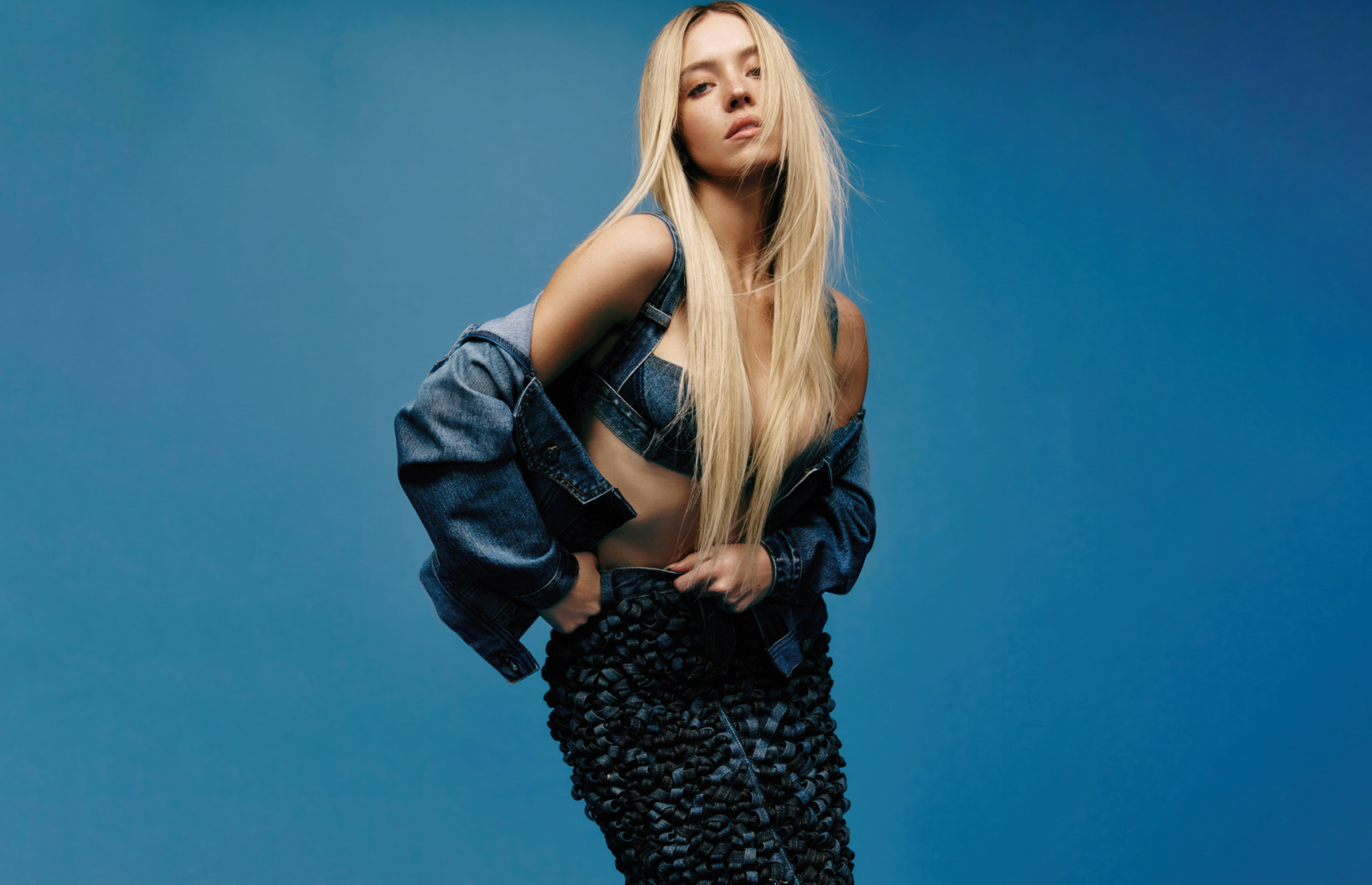
Sydney Sweeney has decided she is finished watching strangers on the internet treat her face like a forensic project. After years of side‑by‑side screenshots, “then vs now” TikToks, and long comment threads wondering what work she has supposedly had done, the actor is now addressing the plastic surgery rumors directly—and using them to say something larger about how women are looked at in Hollywood and online.
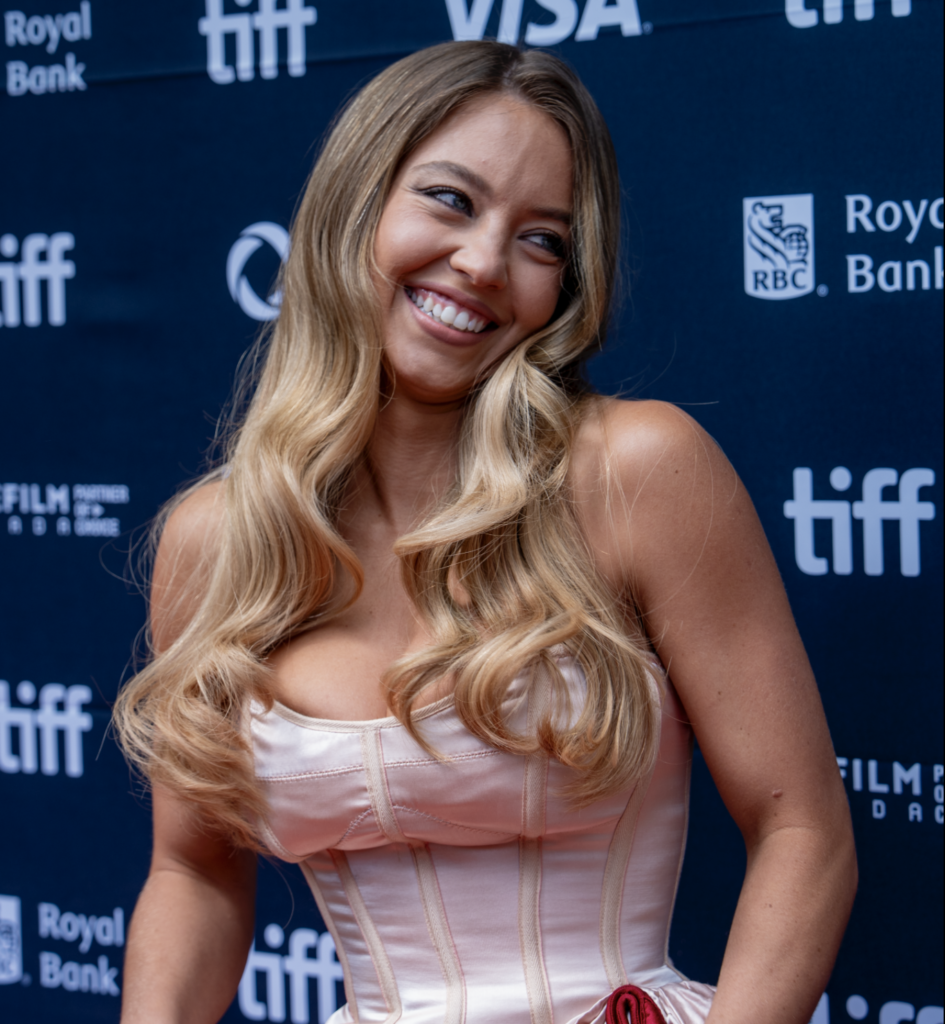
Sweeney points out that people are often mistaking normal changes for procedures: she grew up on camera, her roles now come with big‑budget glam teams, and her body has shifted as she has trained, aged, and worked nonstop. Yet every new red‑carpet photo gets folded into a narrative that assumes surgeons, not time, are responsible. Rather than walking through a checklist of what is “real,” she emphasizes how bizarre it is that internet detectives comb through pores, noses, and jawlines as if they are owed an explanation for every contour of a woman’s face.
By speaking up, Sweeney is redirecting the conversation away from her features and toward the culture that obsesses over them.
She argues that the real issue isn’t whether an actress has had work done, but why audiences feel so entitled to dissect her body as public property in the first place.
For her, the constant speculation is less about curiosity and more about control—another way to tell women what they should look like and punish them when they do not fit. In calling out that dynamic, Sweeney isn’t just defending herself; she is forcing fans and followers to ask why tearing apart someone else’s appearance has become such a popular form of entertainment.
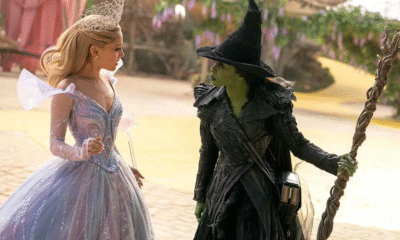

Wicked Sequel Disappoints Fans: Audience Verdict on For Good
Yolanda Adams Questions Traditional Views on God’s Gender, Audience Reacts
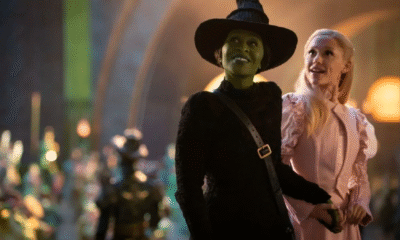

Ariana & Cynthia Say They’re in a ‘Non‑Demi Curious, Semi‑Binary’ Relationship… WTF Does That Even Mean?
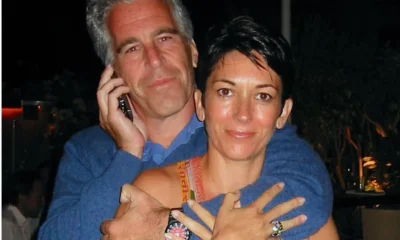

Epstein Files to Be Declassified After Trump Order


Trump Throws Epstein Files at Clinton’s Door


Ariana Grande’s Red Carpet: When Fans Forget Boundaries
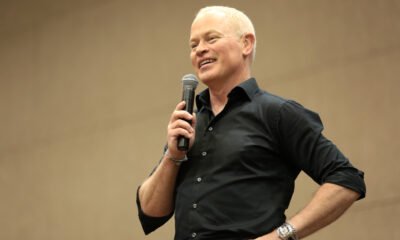

Hollywood’s Kiss or Miss Policy: Why Saying No Got Neal McDonough Blackballed
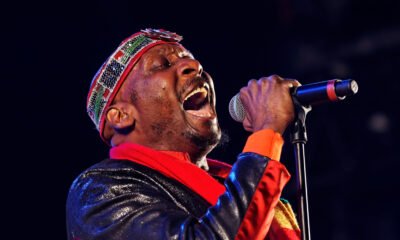

Jimmy Cliff, Reggae Legend and Star of ‘The Harder They Come,’ Dies at 81